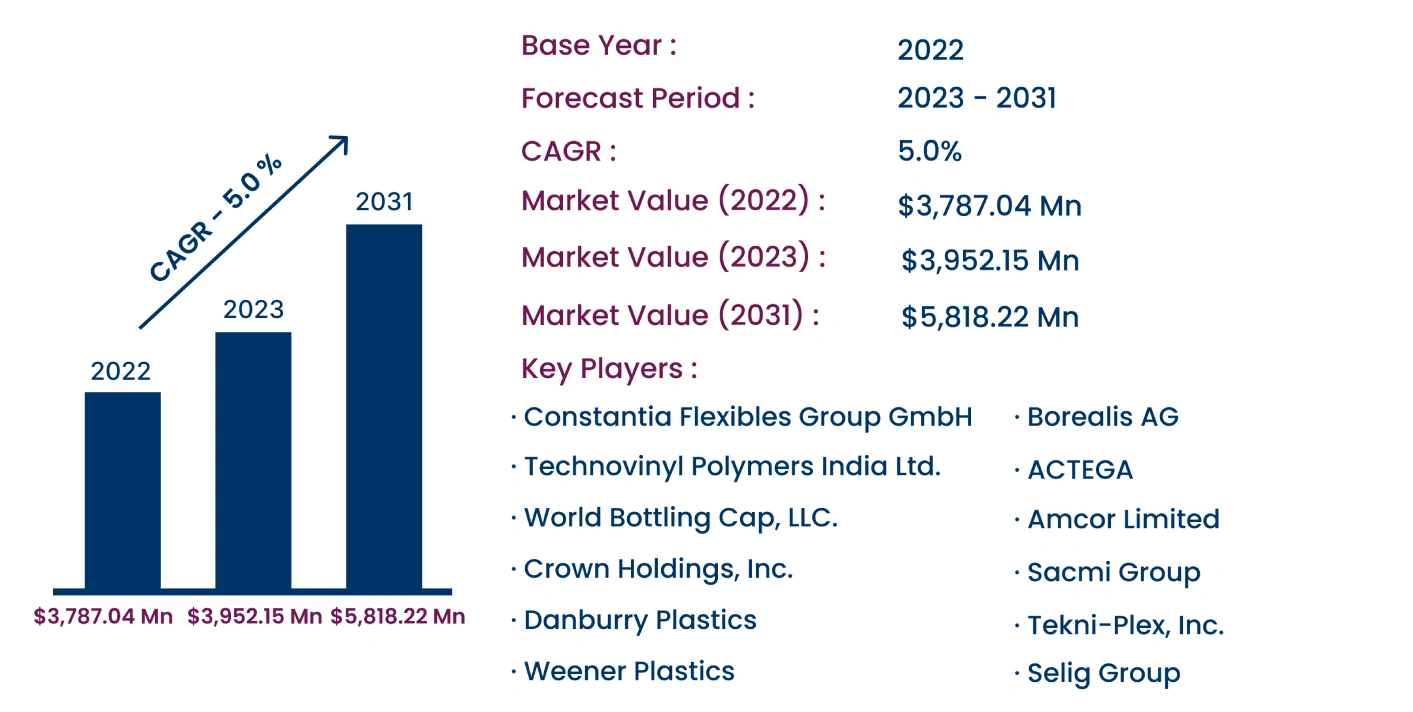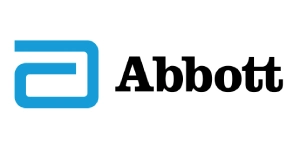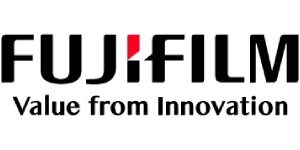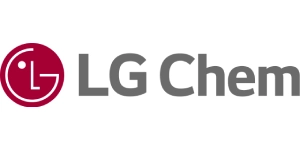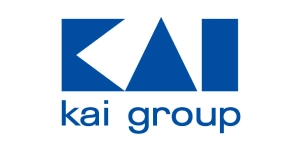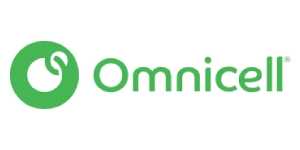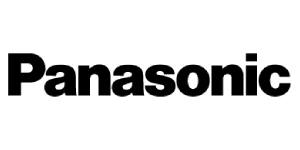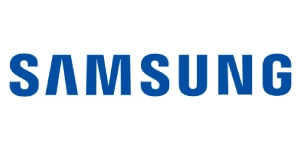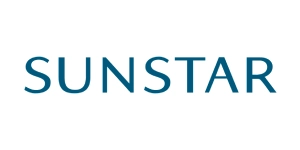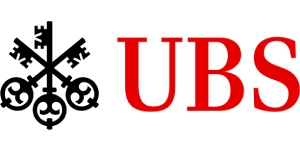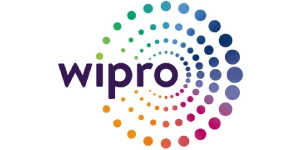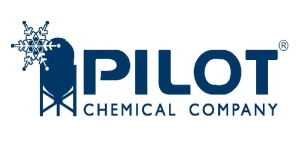Global PVC-Free Packaging Market to Reach USD 5,818.22 Million by 2031 | CAGR of 5.0%
Category : Materials And Chemicals | Published Date : Oct 2024 | Type : Press Release
PVC-Free Packaging Market Scope & Overview:
In the newly published report Consegic Business Intelligence states that PVC-Free Packaging Market was valued at USD 3,787.04 Million in 2022 and is projected to reach USD 5,818.22 Million by 2031, growing at a CAGR of 5.0% during the forecast period from 2023 to 2031. PVC-free packaging refers to the use of alternative materials that exclude polyvinyl chloride (PVC), which is known for its environmental and health risks. These packaging materials include biodegradable plastics, paper, glass, and other eco-friendly alternatives. The rising environmental concerns regarding the harmful effects of PVC and its limited biodegradability are driving the demand for PVC-free packaging in various sectors including food & beverages, pharmaceuticals, personal care, and chemicals.
The report comprises the PVC-Free Packaging Market Share, Size & Industry Analysis, By Packaging Type (Rigid Packaging and Flexible Packaging), By Material Type (PVC-Free Blisters, PVC-Free Closures, PVC-Free Liners, and Others), By End-User Industry (Food & Beverages, Homecare, Pharmaceuticals, Personal Care & Cosmetics, Chemicals & Fertilizers, and Others), and Forecast, 2023-2031.
The report contains detailed information on PVC-Free Packaging Market Trends, Opportunities, Value, Growth Rate, Segmentation, Geographical Coverage, Company Profile, In-depth Expert Analysis, Revenue Forecast, Competitive Landscape, Growth Factors, Restraints or Challenges, Environment & Regulatory Landscape, PESTLE Analysis, PORTER Analysis, Key Technology Landscape, Value Chain Analysis, and Cost Analysis.
The growing demand for sustainable packaging across industries such as food & beverages and healthcare is a significant driver of market growth. Additionally, government regulations and restrictions on PVC usage in packaging are further encouraging the adoption of PVC-free alternatives.
Segmental Analysis :
Based on packaging type, the market is segmented into rigid packaging and flexible packaging.
- Rigid packaging held the largest market share in 2022, driven by its ability to provide sturdiness, protection, and recyclability. This type of packaging is widely used in the food & beverages and pharmaceutical sectors.
- Flexible packaging is expected to grow at the fastest rate due to its lightweight nature and adaptability for various packaging applications, particularly in personal care and homecare products.
Based on material type, the market is segmented into PVC-free blisters, PVC-free closures, PVC-free liners, and others.
- PVC-free closures accounted for the highest market share in 2022, driven by innovations in materials that reduce contamination risks and improve sustainability.
- PVC-free liners are expected to witness the fastest growth due to their increasing use in packaging solutions that prevent contamination and ensure product integrity during transportation.
Based on end-user industry, the market is divided into food & beverages, homecare, pharmaceuticals, personal care & cosmetics, chemicals & fertilizers, and others.
- The food & beverages sector accounted for the largest market share in 2022, driven by the high adoption of PVC-free packaging due to regulatory compliance and consumer demand for safer, more sustainable packaging solutions.
- The pharmaceuticals sector is expected to grow rapidly due to the increasing awareness of the health risks associated with PVC packaging and the need for safe, non-toxic packaging for medical products.
Based on regions, the global market is segmented into North America, Europe, Asia Pacific, Middle East & Africa, and Latin America.
- Asia Pacific held the largest market share in 2022, supported by the growing demand for sustainable packaging solutions in countries like China and India, particularly in the food and pharmaceutical sectors.
- North America is expected to grow significantly, driven by government regulations restricting the use of PVC in packaging and the rising demand for eco-friendly packaging solutions.
| Report Attributes | Report Details |
| Study Timeline | 2017-2030 |
| Market Size in 2031 | USD 5,818.22 Million |
| CAGR (2024-2031) | 5.0% |
| By Packaging Type | Rigid Packaging, Flexible Packaging |
| By Material Type | PVC-Free Blisters, PVC-Free Closures, PVC-Free Liners, Others |
| By End-User Industry | Food & Beverages, Homecare, Pharmaceuticals, Personal Care & Cosmetics, Chemicals & Fertilizers, Others |
| By Region | North America(U.S., Canada, Mexico) Europe(U.K., Germany, France, Spain, Italy, Russia, Benelux, Rest of Europe) APAC(China, South Korea, Japan, India, Australia, ASEAN, Rest of Asia-Pacific) Middle East & Africa(GCC, Turkey, South Africa, Rest of MEA) LATAM(Brazil, Argentina, Chile, Rest of LATAM) |
Top Key Players & Competitive Landscape :
The competitive landscape encompasses major innovators, aftermarket service providers, industry giants, and niche players, all of which are thoroughly examined by Consegic Business Intelligence in terms of their strengths, weaknesses, and value-addition potential. This report includes detailed profiles of key players, market share analysis, mergers and acquisitions, resulting market fragmentation, and emerging partnership trends and dynamics.
List of prominent players in the PVC-Free Packaging Industry:
- Amcor Limited
- Sacmi Group
- Tekni-Plex, Inc.
- Constantia Flexibles Group GmbH
- Selig Group
- Technovinyl Polymers India Ltd.
- World Bottling Cap, LLC.
- Danburry Plastics
- ACTEGA
- Borealis AG
- Weener Plastics
- Crown Holdings, Inc.
Recent Industry Developments :
- In April 2023, ACTEGA invested USD 5 million in expanding its New Jersey facility to meet the growing demand for sustainable packaging solutions.
- In April 2021, Amcor Plc launched the AmSky blister system, a PVC-free packaging solution aimed at improving recyclability and reducing environmental impact in the healthcare sector.
